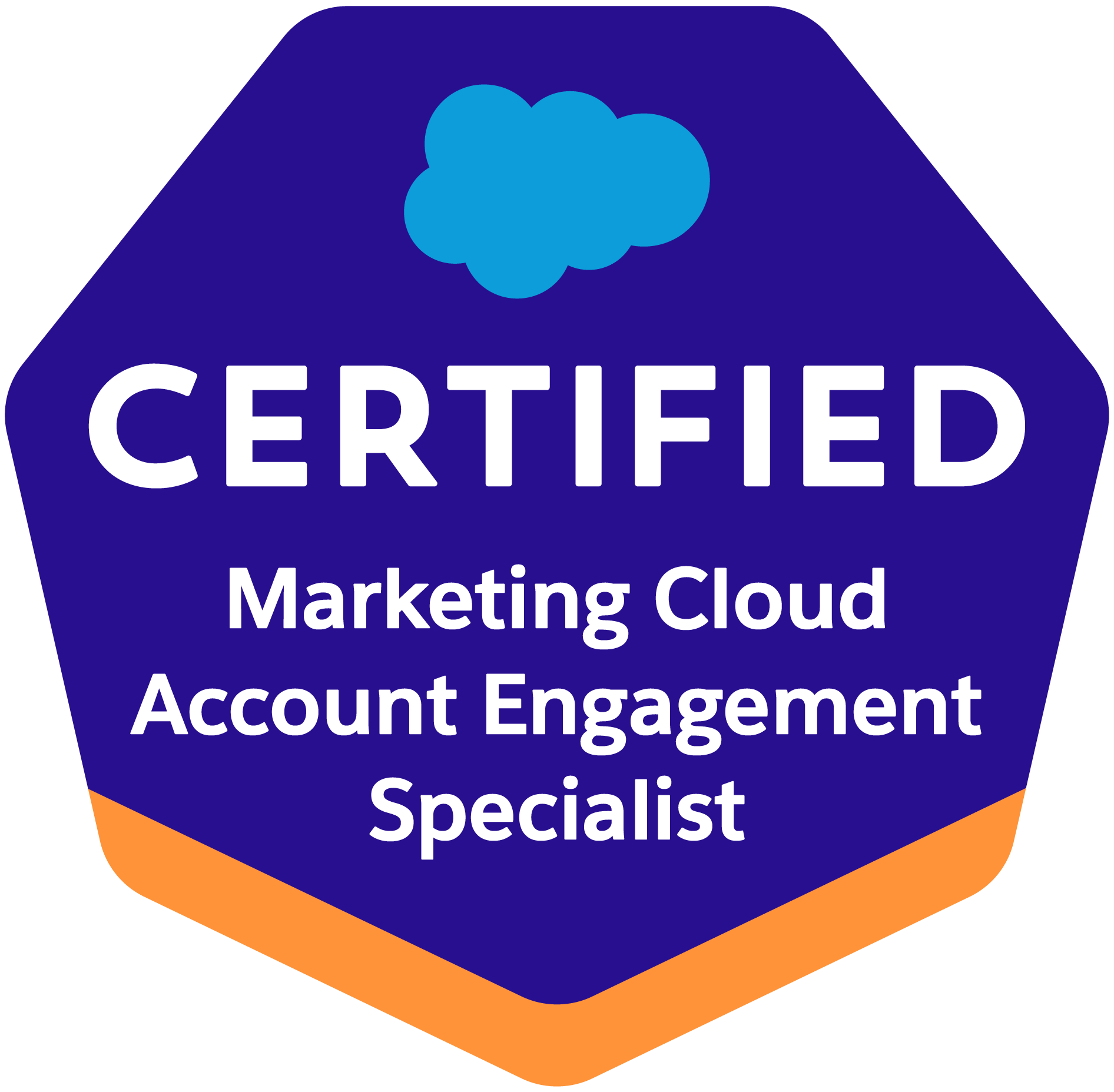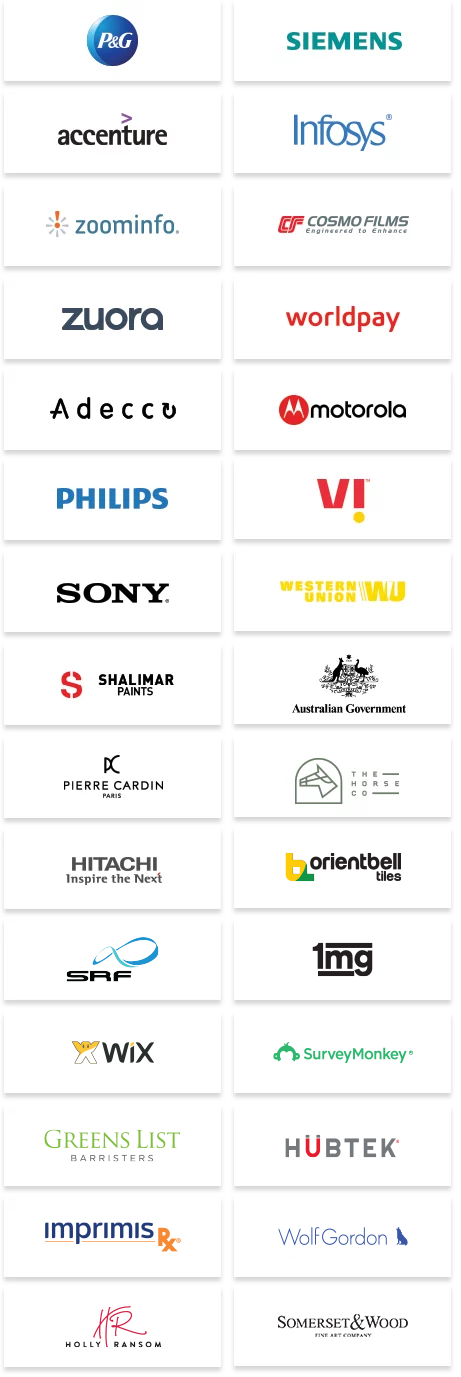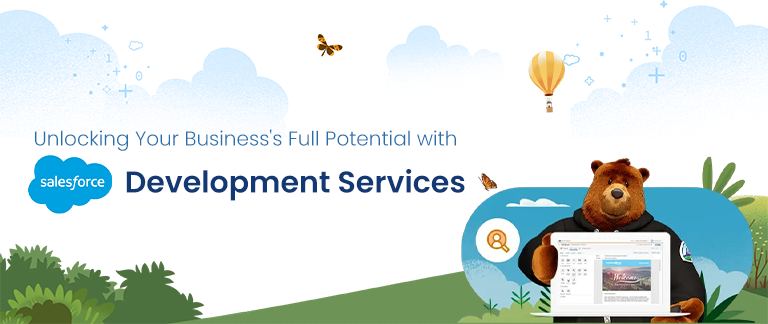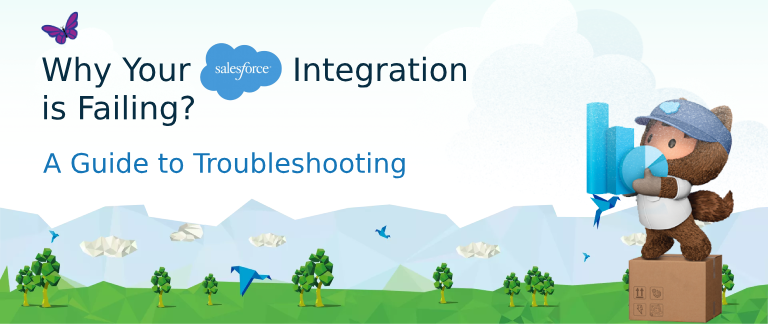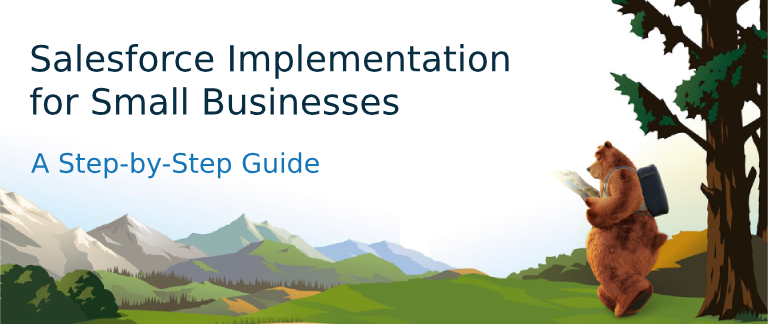
Salesforce Implementation for Small Businesses: A Step-by-Step Guide
Do you feel the pressure from investor expectations for you to grow and scale, streamline your business operations, and keep your customers happy? If so, you probably know about Salesforce, the number one CRM in the world. If you are like many small businesses, you may feel a bit daunted by the thought of implementing Salesforce. Don’t worry, you came to the right place!
Today, we will go through the steps on how an implementation of Salesforce works.
Why Use Salesforce for Small Businesses?
Before we get into the “how,” let’s talk about the “why” using Salesforce as a small business that may think Salesforce is just for large companies (spoiler alert: it’s not!). We want to help you see the benefits of using Salesforce, such as better management of customer relationships, which leads to better sales productivity and enhanced customer service.
Salesforce improves your operations by getting your customer information all in one place, automating certain processes, and giving you the complete picture of your customer interactions with you. This is necessary for small business growth!
Step 1: Define Your Goals (and Be Realistic!)
This may be the most important step. Before you even consider logging in, ask yourself two questions:
- What problem are we trying to fix? (e.g., “Our sales team could track leads better” or “We want to respond to our customers faster in support.”)
- What does success look like? (e.g., “Increase conversion rates by 15%” or “Decreased churn of customers by 10%.”)
Do not attempt to implement all of the functionality in Salesforce all at once. Get your feet wet first, start with the biggest pain points, and scale up later as you get used to the tool. This is the competitive advantage of using a CRM that is well vetted and managed.
Step 2: Decide On Your Salesforce Edition
Salesforce has a number of editions, and choosing the right edition for your small business is critical. Chances are you will be evaluating the Sales Cloud or Service Cloud, and within those, you may find the Essentials or Professional Edition are good options for you because of price nodes and minimum feature packs. We encourage you to look into the features of your small business CRM with a ceiling of productive time and price.
Step 3: Data Migration—Get Your Data Ready!
This is the point where so many businesses get stuck. You have customer data stored in spreadsheets, emails, and maybe even sticky notes. You are ready to consolidate it and clean it up!
- Identify relevant data:What customer, sales, and service data do you absolutely need in Salesforce?
- Clean your data: Deduplication, conflicts, and consistency. Garbage in, garbage out.
- Plan your migration: Maybe you will use Salesforce data import tools. Perhaps you will use professional Salesforce consulting if your data is complicated.
Step 4: Configure Salesforce for Your Business Needs
Finally, the fun part! This is where you get to configure Salesforce for your own business. We are not talking about complex coding. You are taking a business process and strategically using Salesforce features to create an experience for your users.
- Customize your objects and fields: Create custom fields that are unique to the information you want to capture about your business (e.g., “Industry” or “Preferred Contact Method”).
- Set up workflows and automation: Automate repetitive tasks, like sending new leads a welcome email or creating cases and assigning them to specific support agents. This is where the real efficiencies come into play.
- Create reports and dashboards: You will want to create dashboards showing you performance based on your key performance indicators (KPIs) to hold yourself accountable to your goals defined in step 1.
Step 5: Train Your Team & Go Live!
The value of a new system will always be in the users. Therefore, comprehensive training in Salesforce is essential!
- Provide practical experience: As they say, don’t just show them slides (ick!), put the training into action! Let them use the system, practicing with real-life situations.
- Focus on the value: Make sure they understand how Salesforce will make their job easier and help them be more effective!
- Create a “Salesforce Champion”: Have a resident expert for your company who your team can go to for questions, and have someone on their side for ongoing support!
Once your team has been trained and is feeling confident, it is time to go live. Monitor what they are doing, gather feedback, and be flexible to support changes taking place.
Step 6: Continuous Improvement & Optimization
Salesforce isn’t a ‘set it and forget it’ system. Go through your usage regularly and think about what you can do better. There are also lots of new features being released by Salesforce that can help evolve the way you are managing your customers and running your business in your ecosystem!
Looking for the Right Salesforce Implementation Partner to Accelerate Your Business Success?
Tech9logy Creators is a certified Salesforce Consulting and ISV Partner with over 11+ years of proven expertise. Our certified Salesforce developers specialize in delivering tailored implementations, ensuring that your CRM is aligned perfectly with your business goals.
From seamless setup to custom Salesforce AppExchange solutions, we help organizations unlock the full potential of Salesforce. With our strategic guidance, hands-on implementation, and continuous support, we make sure your Salesforce journey drives efficiency, growth, and long-term value.
Contact us today to hire salesforce implementation partners who can take your business to the next level.




